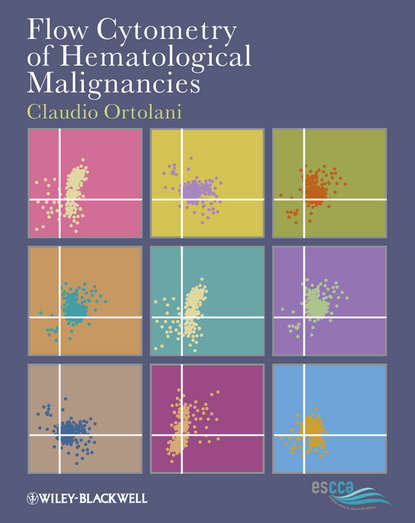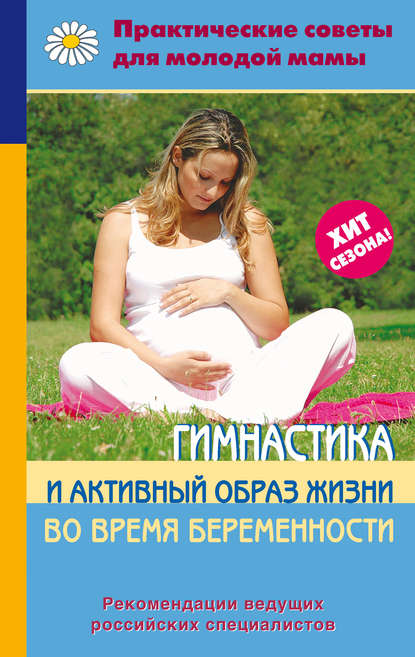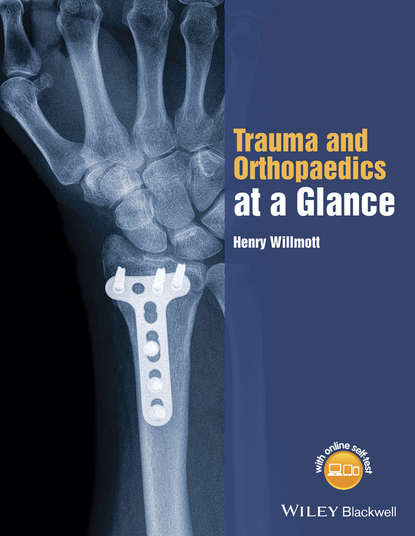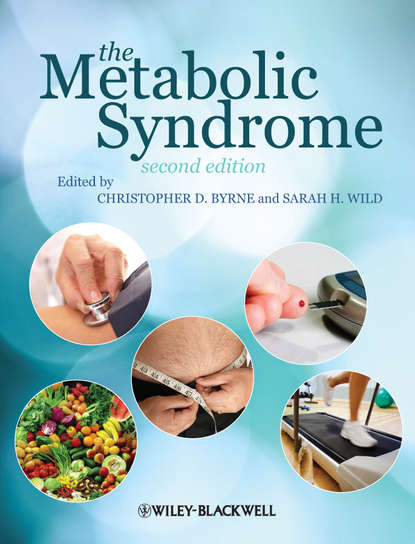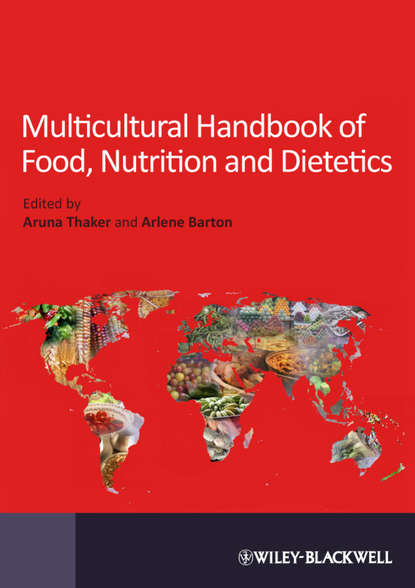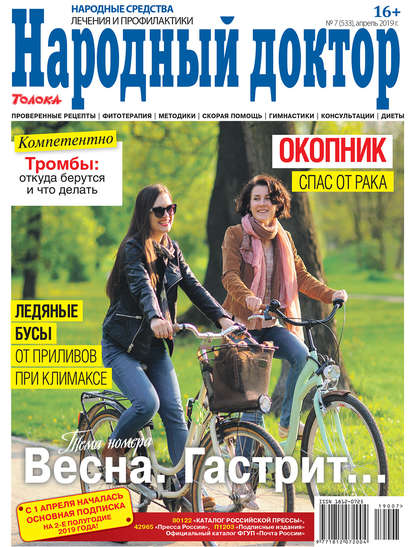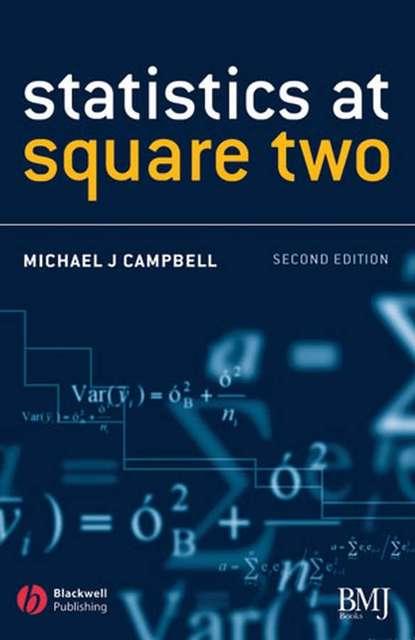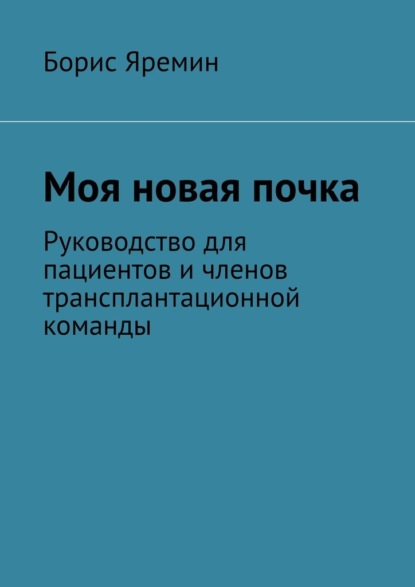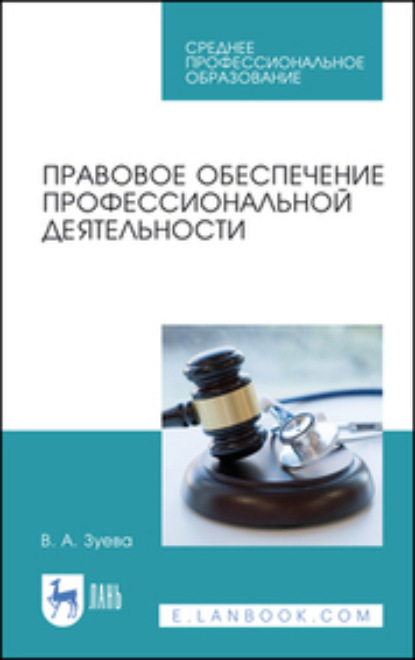Книга "Flow Cytometry of Hematological Malignancies" содержит графические изображения, полученные с помощью метода проточной цитометрии, при изучении наиболее распространенных (и наименее распространенных) заболеваний крови. Включенные изображения позволяют сравнить собственные результаты с эталонными образцами. В книге подробно описываются основные антигены лейкоцитов, а также их распределение среди нормальных и аномальных клеток крови. Кроме того, книга предоставляет подробное описание фенотипа каждого опухолевого заболевания крови, записанного в системе классификации ВОЗ, включая все необходимые инструкции для распознавания и классификации даже наименее распространенных форм. Книга разделена на две основные части, предназначенные для быстрого использования: раздел I посвящен непосредственному объекту иммунофенотипирования, а раздел II - конечной цели анализа. Более чем 50 антигенов описаны, и каждый антиген рассматривается в трех основных аспектах: общие характеристики, цитометрические особенности и практические рекомендации. Эта авторитетная и современная ссылочная книга будет бесценна для клиницистов, непосредственно занимающихся диагностикой и анализом гематологических заболеваний, включая гематологов, гематопатологов, онкологов, патологов и техников, работающих в диагностических лабораториях.
This book contains a range of graphical displays produced by flow cytometry in the study on the most common (and the less frequent) cancers. The figures included allow you comparing your results with the reference patterns published. It includes a detailed authorisation about the chief leukocyte ant-gens, simultaneously with a clearance of their scatter among healthy and abnormally coloured blood elements. The manual also offers a complete description of the individual phenotypes of every cancerous blood illness listed on the World Health Organization's classification system, together with all the guidelines needed to discover and categorise even the most minimal issue. Made practical, this book is ideal for rapid peruse and is divisible into two major parts. Part I treats the practical standpoint of using immunotyping, whilst Part II connects with the supreme goal of the assessment. Over 50 ant-gens are mostly treated and each ant-gen is engaged with in three major components: broad characteristics, quantitative aspects, and feasible tips. This informative and modern reference guide will be crucial for medical professionals directly engaged in diagnosing and evaluating cancer, encompassing hematologists, hemopathologists, medical oncologists, specialists, and laboratory technicians involved in diagnosis.
Электронная Книга «Flow Cytometry of Hematological Malignancies» написана автором Claudio Ortolani в году.
Минимальный возраст читателя: 0
Язык: Английский
ISBN: 9781444398045
Описание книги от Claudio Ortolani
Flow Cytometry of Hematological Malignancies contains an array of graphical outputs produced by the technique in the study of the most (and the least) common diseases. The images included allow you to compare your own results with a third party reference pattern. There is a detailed description of the main leukocyte antigens, together with a description of their distribution amongst normal and abnormal blood cells. The book also provides a comprehensive description of the phenotype of every neoplastic blood disease recorded in the WHO classification system, including all the instructions needed to recognise and classify even the least common entity. Designed to be practical, the book is perfect for quick consultation and is divided into two main sections. Section I deals with the direct object of immunophenotyping, and Section II deals with the ultimate target of the analysis. More than 50 antigens are covered and every antigen is dealt with in three main parts: general features, cytometric features and practical hints. This authoritative and state-of-the-art reference will be invaluable for clinicians directly involved in the diagnosis and analysis of hematological diseases, including hematologists, hematopathologists, oncologists, pathologists and technicians working in diagnostic laboratories.
